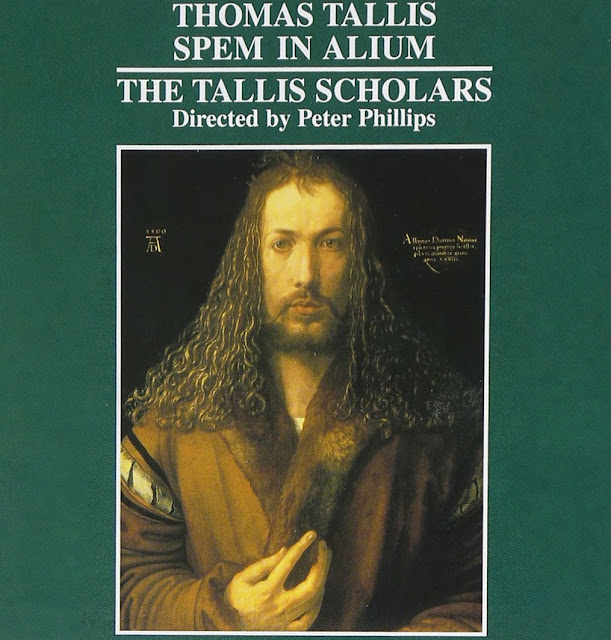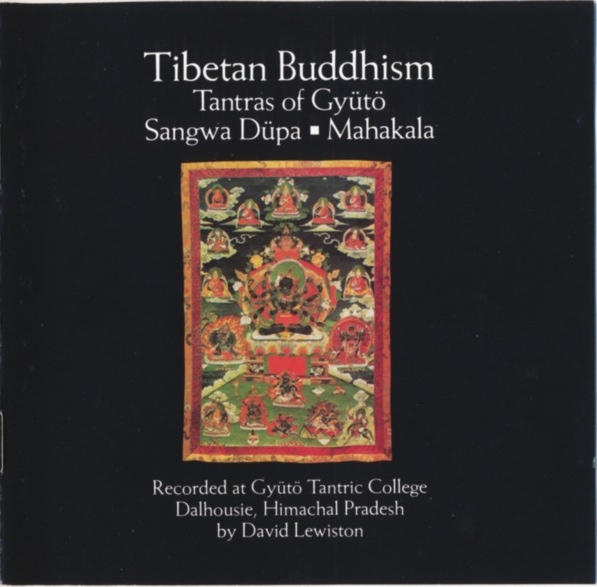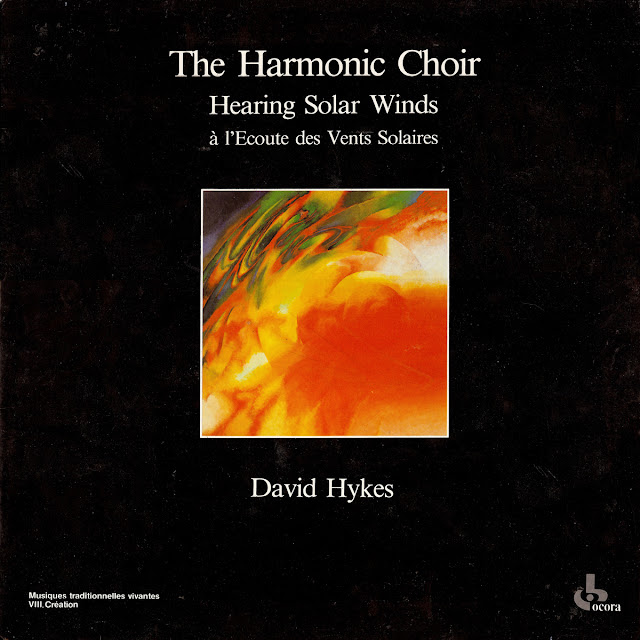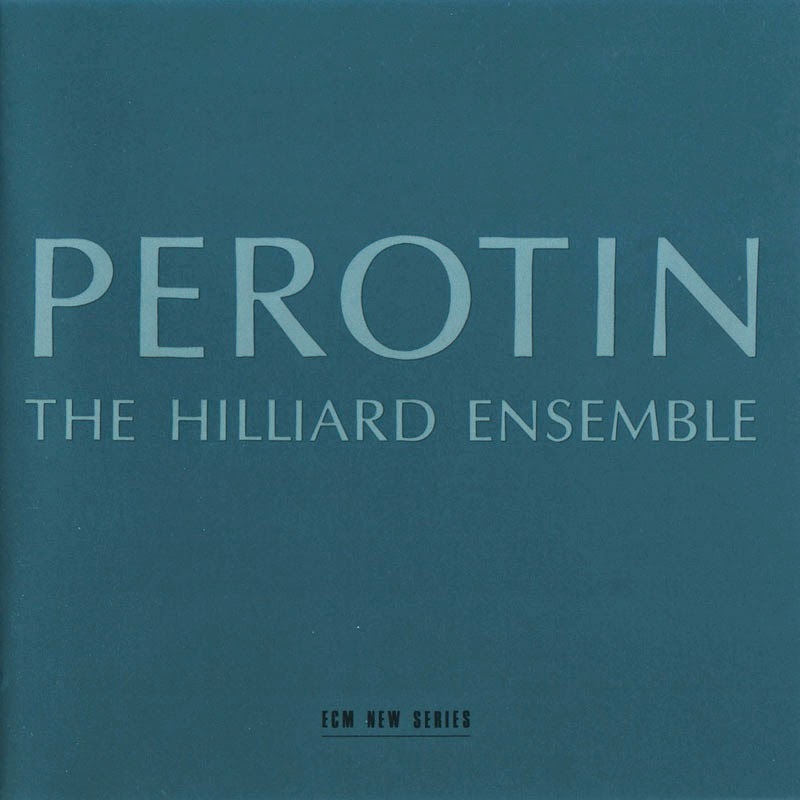Lastly, a note that this isn’t as listenable or poppy as the mixes that I typically make, though I did try to arc it in a way that feels good. I’m not really sure what its ideal listening environment is–it probably involves headphones–so I hope that you enjoy it all the same! If you’d like an mp3 version you can download it here. Thank you for listening 💜
Tag: choral
The Hilliard Ensemble – Carlo Gesualdo: Tenebrae, 1991

Gavin Bryars – The Sinking of the Titanic, 1990

Bride did not hear the band stop playing and it would appear that the musicians continued to play even as the water enveloped them. My initial speculations centred, therefore, on what happens to music as it is played in water. On a purely physical level, of course, it simply stops since the strings would fail to produce much of a sound (it was a string sextet that played at the end, since the two pianists with the band had no instruments available on the Boat Deck). On a poetic level, however, the music, once generated in water, would continue to reverberate for long periods of time in the more sound-efficient medium of water and the music would descend with the ship to the ocean bed and remain there, repeating over and over until the ship returns to the surface and the sounds re-emerge. The rediscovery of the ship by Taurus International at 1.04 on September 1st 1985 renders this a possibility. This hymn tune forms a base over which other material is superimposed. This includes fragments of interviews with survivors, sequences of Morse signals played on woodblocks, other arrangements of the hymn, other possible tunes for the hymn on other instruments, references to the different bagpipe players on the ship (one Irish, one Scottish), miscellaneous sound effects relating to descriptions given by survivors of the sound of the iceberg’s impact, and so on.
The Tallis Scholars – Spem In Alium, 1985

The motet is laid out for eight choirs of five voices. It’s most likely that Tallis intended his singers to stand in a horseshoe shape. Beginning with a single voice from the first choir, other voices join in imitation, each in turn falling silent as the music moves around the eight choirs. All forty voices enter simultaneously for a few bars, and then the pattern of the opening is reversed with the music passing from choir eight to choir one. There is another brief full section, after which the choirs sing in antiphonal pairs, throwing the sound across the space between them. Finally all voices join for the culmination of the work. Though composed in imitative style and occasionally homophonic, its individual vocal lines act quite freely within its elegant harmonic framework, allowing for a large number of individual musical ideas to be sung during its ten- to twelve-minute performance time. The work is a study in contrasts: the individual voices sing and are silent in turns, sometimes alone, sometimes in choirs, sometimes calling and answering, sometimes all together, so that, far from being a monotonous mess, the work is continually presenting new ideas.
Monks Of The Monastery Of Gyütö – Tantras Of Gyütö: Sangwa Düpa / Mahakala, 1988

Hildegard von Bingen – A Feather on the Breath of God, 1984

David Hykes & the Harmonic Choir – Hearing Solar Winds, 1983

“This recording was made in L’Abbaye du Thoronet, a 12th-century Cisterian monastery in Provence, where I had previously brought the choir in 1978. The simple harmonic geometry of the abbey seemed perfectly proportioned to magnify the choir’s music and let it resonate within its sacred space. Working there was an incredible challenge: our sensations, our breathing, and even our thoughts and emotions became intensely amplified.”
–David Hykes, liner notes
Mix: Winter (Indoors)
Mix: Winter (Outdoors)

I made this mix with the hope that you’ll listen to it outside in headphones. If you like it, you can download an mp3 of it here.
The Hilliard Ensemble – Pérotin, 1989

When I was in high school, a burned copy of this CD made the rounds among the “cool” choir kids. It was passed discreetly with knowing nods, intended for the ears of those who would “get it.” To this day, it’s still one of my favorite choral compilations (if only I were still in high school, maybe I could still be cool), but I think it speaks to a much wider range of people than a few self-aggrandizing choir dorks might have imagined. Performed by the venerated/veteran Hilliard Ensemble* (they mostly perform early music, but have also dabbled in Gavin Bryars and John Cage, and have collaborated a lot with Arvo Pärt), this is a collection of works written by the legendary Pérotin, who lived sometime in the late 12th and early 13th century and was responsible for some of the earliest polyphonic music of which we have written and attributed documentation. (Gregorian chant is earlier and is monophonic.) All that aside, this music is spacious, vibrant, and dovetailing. It doesn’t mind if you’re uninterested in Christianity or choral music or even the western tradition.
*If anyone’s going to be in London around Christmas, the Hilliard Ensemble’s last performance ever will be on December 20th at Wigmore Hall. They’ll be performing Pérotin’s “Viderunt Omnes,” one of the few existing examples of four-part organa, among others. It will be a seriously historical moment, so don’t miss it. Tickets here.
